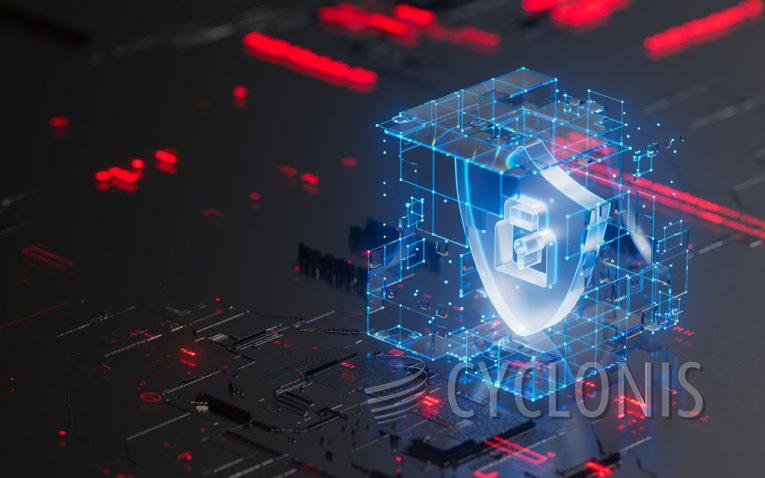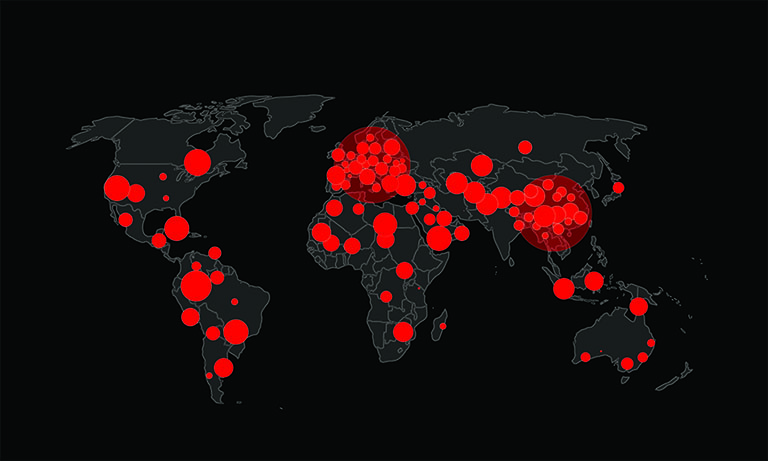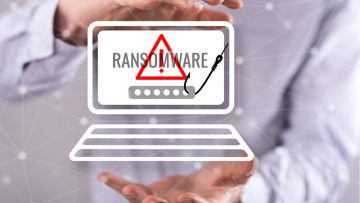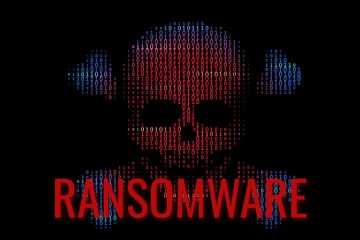WeHaveSolution Ransomware: What It Does and Why It Matters

Cybersecurity experts have recently identified a new ransomware strain, WeHaveSolution, that is making waves in the digital world. This ransomware has shown a concerning ability to infiltrate systems, encrypt valuable files, and demand payment in exchange for recovery. Its tactics and methods illustrate how ransomware programs continue to evolve, posing risks to both individuals and organizations.
Table of Contents
Unpacking WeHaveSolution Ransomware
WeHaveSolution Ransomware encrypts the victim's files, rendering them inaccessible without a decryption key. Upon infection, the program appends the ".wehavesolution247" extension to the encrypted files, signaling its presence. For example, a file like "document.pdf" is transformed into "document.pdf.wehavesolution247," clearly marking it as compromised.
In addition to encrypting files, this ransomware alters the desktop wallpaper and drops a ransom note titled "READ_NOTE.html." Within this note, the attackers claim responsibility for breaching the victim's network and encrypting their data using advanced RSA and AES encryption algorithms. They also warn against attempting unauthorized recovery measures, asserting that such actions could lead to irreversible damage.
Demands and Tactics of the Ransom Note
The ransom note left by WeHaveSolution outlines not only the attackers' claims but also their demands. Victims are told to contact the perpetrators through provided email addresses or a Tor-based website. To prove that they can decrypt the data, the attackers offer to decrypt a few non-critical files for free. However, they emphasize urgency, warning that the ransom amount will increase if no contact is made within 72 hours.
The note claims that sensitive information has been exfiltrated, adding another layer of pressure. The attackers threaten to leak or sell this data if their demands are not met, further complicating the victim's decision-making process. This dual extortion tactic—combining file encryption with data theft—has become increasingly common among modern ransomware groups.
Here's what the ransom note says:
Your personal ID:
-
/!\ YOUR COMPANY NETWORK HAS BEEN PENETRATED /!\
All your important files have been encrypted!Your files are safe! Only modified. (RSA+AES)
ANY ATTEMPT TO RESTORE YOUR FILES WITH THIRD-PARTY SOFTWARE
WILL PERMANENTLY CORRUPT IT.
DO NOT MODIFY ENCRYPTED FILES.
DO NOT RENAME ENCRYPTED FILES.No software available on internet can help you. We are the only ones able to
solve your problem.We gathered highly confidential/personal data. These data are currently stored on
a private server. This server will be immediately destroyed after your payment.
If you decide to not pay, we will release your data to public or re-seller.
So you can expect your data to be publicly available in the near future..We only seek money and our goal is not to damage your reputation or prevent
your business from running.You will can send us 2-3 non-important files and we will decrypt it for free
to prove we are able to give your files back.
When you compose a letter, please indicate the PERSONAL ID from the beginning of the note, so that we can more specifically approach the formation of conditions for you.
Contact us for price and get decryption software.email:
wehavesolution@onionmail.org
solution247days@outlook.com
OUR TOX: BA3779BDEE7B982BF08FC0B7B0410E6AE7CC6612B13433B60000E0757BDD682A69AD98563AEC
* To contact us, create a new free email account on the site: protonmail.com
IF YOU DON'T CONTACT US WITHIN 72 HOURS, PRICE WILL BE HIGHER.*Our site and Tor-chat to always be in touch:
xfycpauc22t5jsmfjcaz2oydrrrfy75zuk6chr32664bsscq4fgyaaqd[.]onion
How Ransomware Works and What It Wants
Ransomware programs like WeHaveSolution aim to make victims feel cornered. By locking files and issuing threats, they create a sense of urgency that may compel victims to comply with their demands. Typically, the end goal is monetary gain, with victims instructed to pay in cryptocurrency to ensure anonymity for the attackers.
While paying the ransom might seem like the only solution, cybersecurity experts strongly discourage it. There is no guarantee that attackers will honor their promises to decrypt the data, and payments may encourage further criminal activity. Moreover, as long as the ransomware remains active on the system, it could cause additional encryptions, exacerbating the damage.
Broader Implications of Ransomware Attacks
Ransomware attacks don't just disrupt access to files—they can cause financial losses, reputational damage, and operational downtime. For businesses, this could mean halting critical services, losing customer trust, or even facing legal repercussions if sensitive data is exposed.
WeHaveSolution is particularly alarming due to its use of sophisticated encryption methods and the incorporation of data theft into its tactics. These features highlight the evolving nature of ransomware, which is becoming increasingly versatile and difficult to combat.
How Ransomware Spreads
Ransomware like WeHaveSolution is often distributed through deceptive tactics. Threat actors rely on untrustworthy websites hosting pirated software, key generators, or malicious advertisements. Additionally, ransomware can be delivered via infected email attachments, compromised webpages, or vulnerabilities in outdated software.
Once executed, the ransomware spreads rapidly, encrypting files and potentially causing irreversible damage. This emphasizes the importance of adopting proactive cybersecurity measures to minimize the risk of infection.
Prevention: Staying Ahead of the Threat
Preventing ransomware attacks requires vigilance and robust security practices. Users are advised to download files and programs only from reliable sources, for instance, official websites or app stores. Avoiding pirated software and cracking tools is crucial, as these are common vectors for malware distribution.
Caution is also necessary when handling emails from unknown senders. Suspicious attachments or links should never be opened without verification. Additionally, users should refrain from interacting with pop-ups or advertisements on dubious websites and avoid granting such sites permission to send notifications.
Securing Your System Against Ransomware
Keeping your software and operating systems updated is one of the most effective defenses against ransomware. Updates often include patches for vulnerabilities that attackers might exploit. Installing reliable security software adds another layer of protection, helping detect and block potential threats before they cause harm.
Finally, regular backups are essential for mitigating the impact of ransomware. Backups ensure that even if files are encrypted, they can be restored without needing to pay a ransom. Storing backups offline or on secure, cloud-based platforms is recommended to prevent them from being compromised during an attack.
Final Thoughts
WeHaveSolution Ransomware underscores the persistent threat posed by ransomware programs. Encrypting files and threatening to leak stolen data exemplifies the multi-faceted tactics used by cybercriminals today. While the ransom note aims to instill panic, informed users can take steps to minimize their risks and respond effectively.
Adopting preventative measures, maintaining regular backups, and exercising caution while online are critical to staying ahead of ransomware. As threats like WeHaveSolution continue to evolve, cybersecurity awareness remains the most reliable defense.








